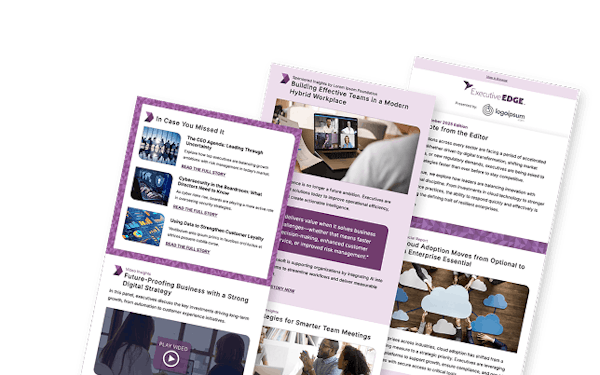Security Leaders Must Align Tools, Talent & Data or Risk Overload
Key Highlights
- 42% of organizations automate patching; 40% want AI for prioritization, but data gaps block both.
- Tool sprawl increases complexity and hidden risk — consolidation is urgent.
- Automation must relieve humans of grunt work, not push them aside.
- Without clean, trustworthy data, automation and AI become amplifiers of error, not mitigators.
Executives today judge security spend not just on defense metrics but on how much it frees up precious human bandwidth. In this landscape, CISOs are under unusual pressure — fragmented tool sets, under-resourced teams, and demands for AI-driven ROI all converge. But before automating at scale, the priority must be data hygiene and operational simplicity. Only then can AI and orchestration function reliably instead of compounding chaos.
This article identifies how strategic consolidation, rigorous data governance, and staged automation can help security leaders regain control. Below is an excerpt from a conversation between SecurityInfoWatch Associate Editor Samantha Schober and Axonius Chief Product Strategist Ryan Knisley that highlights the core tensions CISOs face and how they’re responding.
As reported by Samantha Schober in “CISOs Under Pressure: Balancing Automation, AI and Talent Shortages” on SecurityInfoWatch:
“CISOs today are under a perfect storm of pressures: rapidly expanding digital environments, demands to demonstrate ROI on past security investments and an ongoing shortage of skilled talent. At the same time, organizations are turning to automation and artificial intelligence (AI) to close gaps and improve efficiency. But these technologies can only succeed if built on a reliable foundation of accurate data.
In this conversation, Ryan Knisley, Chief Product Strategist at Axonius, shares insights from his daily discussions with CISOs on how security leaders are balancing these pressures while working to strengthen resilience and reduce risk.
Leaving aside the CISA cuts for a moment, what are the greatest pressures currently facing CISOs?
In my new role at Axonius, I am talking with CISOs every day. What I hear is that CISOs are currently facing three significant pressures:
First, the scale and complexity of the digital environment. Almost every company today isn't just adopting digital—they are inherently digital businesses with rapidly expanding digital landscapes. Cloud infrastructure, applications, connected devices, and data footprints are growing exponentially, outpacing the ability of cybersecurity programs to keep up.
In parallel, budgets for cybersecurity saw significant increases in 2020, 2021, and even into 2022. A few years on from those investments, CFOs and other business leaders are looking for evidence that those dollars have translated into real maturity gains. This dynamic has created rising expectations to demonstrate ROI, yet CISOs often find program maturity struggling to keep pace.
That mismatch can create friction at the leadership level and lead to increased scrutiny, frustration, and ongoing pressure to show tangible cybersecurity advancements in a digital environment that keeps growing more complex.”
Continue reading “CISOs Under Pressure: Balancing Automation, AI and Talent Shortages” by Samantha Schober on SecurityInfoWatch.
Why It Matters to You
For executive leadership teams, security is no longer a line item but a capability axis. When your cybersecurity team is overloaded with tools, missing data, and under capacity, your organization forfeits both speed and safety. The way forward isn’t more AI, it’s smarter AI layered over clean data and tight toolsets so that your people can direct, not drown.
Leaders should also reevaluate how they measure security ROI. Instead of asking “how many alerts prevented,” ask “how many human hours reclaimed,” “how many false triages eliminated,” or “how much risk shrink across core assets.” As automation scales, these metrics will define budget and prioritization.
Next Steps
- CISO/Security Lead: Undertake a tool inventory and retire low-value systems — aim to reduce vendor count by ~25 %.
- IT/Asset Teams: Institute a master inventory and identity foundation, linking cloud, network, OT, and user systems.
- Security Ops/Automation Engineers: Automate low-trust, high-volume tasks first (patching, enrichment), not decision-making.
- Risk/Compliance: Define automation guardrails and exception paths that default to human intervention.
- Strategy/Finance: Build dashboards that translate automation gains into cost avoidance, risk mitigation, and headcount relief.
 Quiz
Quiz
Make smart decisions faster with ExecutiveEDGE’s weekly newsletter. It delivers leadership insights, economic trends, and forward-thinking strategies. Gain perspectives from today’s top business minds and stay informed on innovations shaping tomorrow’s business landscape.

